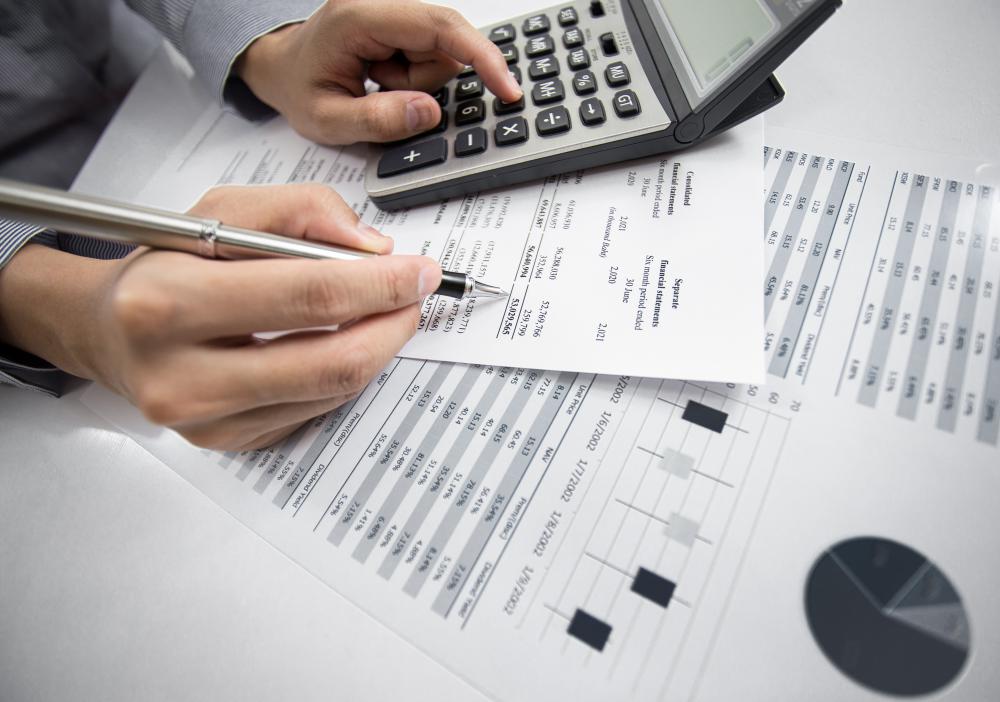At SmartCapitalMind, we're committed to delivering accurate, trustworthy information. Our expert-authored content is rigorously fact-checked and sourced from credible authorities. Discover how we uphold the highest standards in providing you with reliable knowledge.
What is a Degree of Operating Leverage?
A degree of operating leverage is a financial ratio companies use to measure the amount of operating leverage in their operations. Operating leverage is the comparison of fixed costs to variable costs, with firms having high fixed costs leading to an increase in the company’s operating leverage. The formula to calculate a company’s degree of operating leverage is the contribution margin divided by the company’s net income. Earnings before interest and taxes reduce the gross sales of a company by the company’s expenses, which will include fixed costs.
Most companies have a mix of fixed and variable costs in their operations. Fixed costs stay the same for a long period of time and are not directly influenced by the amount of production output. Common fixed costs include mortgage or loan payments, rent, and lease payments. Variable costs change as companies increase or decrease their production output, and include items like materials, production, labor, or the overhead a company uses to run its production equipment or facilities. High fixed costs are seen as negative because companies cannot get rid of the costs quickly — or at all — in order to offset the reduction of sales revenue.

To calculate the degree of operating leverage, assume the following: a company’s contribution margin and net income in January is $60,000 US Dollars (USD) and $20,000 USD, respectively. The degree of operating leverage is three (60,000 / 20,000), meaning the company’s net income will grow three times as fast as sales. While this formula is a basic calculation and may not represent the economic factors that will drive the company’s sales, it does provide a baseline for business owners and managers to use when calculating adjustments to their sales revenue and potential income. For example, if a company is expecting sales to grow by 11 percent over the next 12 months, the expected increase in net income is 33 percent (11 x 3). Using the previous income figure above, the income growth in dollars is $6,600 (USD).

The degree of operating leverage formula presents a basic calculation that is relevant to determining the effects of fixed costs on a company. The contribution margin is sales revenue less the company’s variable costs needed to produce goods and services. The remaining figure represents the sales dollars that a company can use to pay for fixed costs. If this figure is too low, the company will not generate sufficient capital to pay for normal business operations and will need to secure external financing to make up these capital shortfalls.
AS FEATURED ON:
AS FEATURED ON:












Discuss this Article
Post your comments